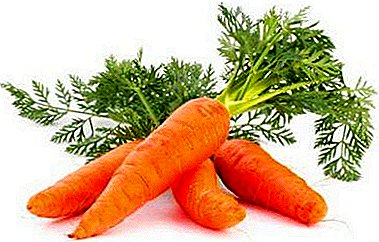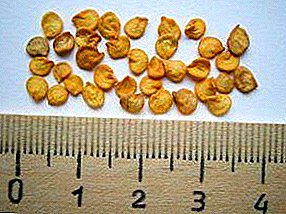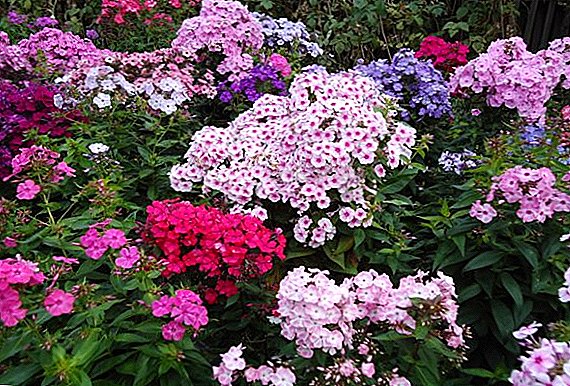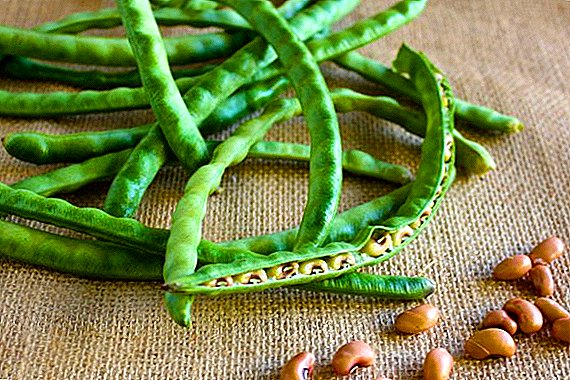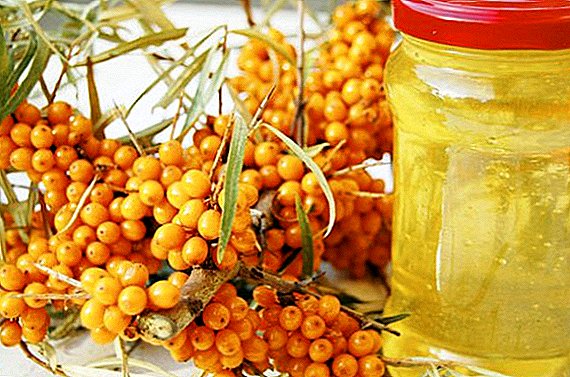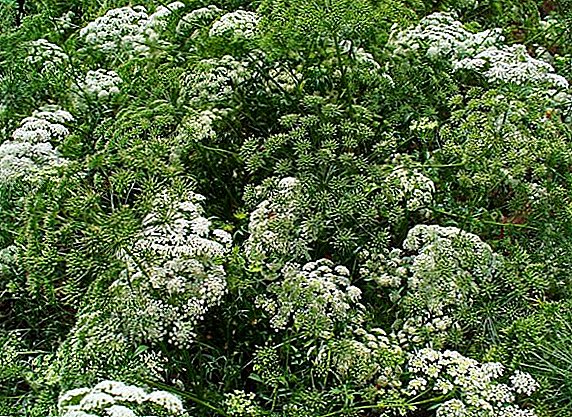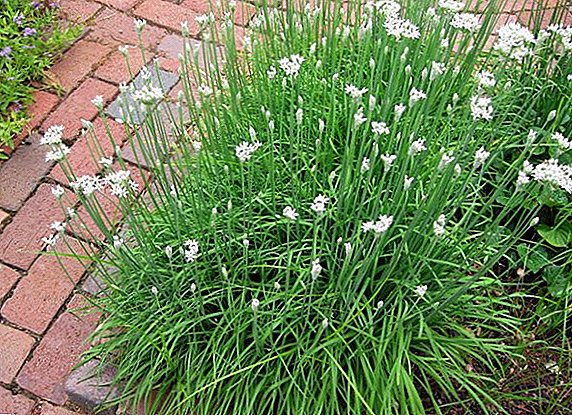 Herbaceous plant Dzhusay more known gardeners as fragrant branched onions with the same name. Let's find out where this fame came from.
Herbaceous plant Dzhusay more known gardeners as fragrant branched onions with the same name. Let's find out where this fame came from.
Description of the variety
By themselves, the formations that occur on the rhizomes of the Jusai grass are so different from the varieties of the well-known bulb culture that are familiar to us, that it is not very clear why we consider them to be onions.
 The shape, however, corresponds to - narrow small (up to 2 cm in diameter) tickers are really curved accordingly. It is underground. And on top whole thicket of green shoots (up to 60 cm), each of which, after annual growth, is able to give a new offshoot. From below, the branches seem to be supported by narrow leaves situated at the very base.
The shape, however, corresponds to - narrow small (up to 2 cm in diameter) tickers are really curved accordingly. It is underground. And on top whole thicket of green shoots (up to 60 cm), each of which, after annual growth, is able to give a new offshoot. From below, the branches seem to be supported by narrow leaves situated at the very base.
During the flowering period, we observe umbrella balls, densely composed of small stars of white flowers and located on the tops of the stems.
Learn how to grow onions, shallots, bats, onions, slizun, elephant onions (rokambol) and chives.
It is conditionally possible to call a plant east. In this case, the concept of "East" includes Chinese, Mongolian and Himalayan steppes, pebbles, salt marshes and meadows, as well as the corresponding areas of the Russian Far East and Siberia. Talking about the grass of Dzhusay further, we will try to understand what it is, what useful properties it contains, which people have learned to use.
The benefits of culture lie in its leaves and flowers, which contain ascorbic acid, which is very respected by the people, as well as a certain amount of vitamins, mineral salts and fiber. All this is used in cooking and traditional medicine.
Delicate juiciness of inflorescences and leaves with a mild garlic aroma (this onion is also called fragrant Chinese garlic) perfectly emphasizes the overall taste of vegetable salads. Grass is used in boiled, salted, canned and, of course, fresh.
But still more this ray is applicable for therapeutic purposes, and it passes in the descriptions usually as a medicinal plant. The short list of ailments from which it is used is as follows:
- cold;
- bronchitis;
- pneumonia;
- gastritis;
- heart diseases;
- tuberculosis;
- nerve overstrain (neurasthenia as a consequence);
- burns (using deciduous juice).
 Traditionally used in Chinese (Tibetan, in particular) medicine, but our compatriots are not far behind. Those who wish can easily find on the Internet a description of medicinal drugs that can be prepared by themselves.
Traditionally used in Chinese (Tibetan, in particular) medicine, but our compatriots are not far behind. Those who wish can easily find on the Internet a description of medicinal drugs that can be prepared by themselves.
Did you know? Onions contain much more natural sugar than apples and pears (6%). The sweetness of this useful vegetable can be felt after roasting it, when all the caustic substances completely evaporate.
Demanding to soil and light
It is because of the unique and beneficial properties of onion dzhusay and his relative simplicity many gardeners have a desire to grow this high-quality vegetable in their own personal plots.
But in order for the process to go smoothly and bring good results to completion, it is necessary to adhere to some basic principles of preparation, planting and care of the lettuce plant.
A significant advantage of this perennial is its indifference to the composition of the soil and light. The only important point is that the jusai can not be grown in areas where potatoes and cabbage used to live, and the best of his predecessors are legumes or pumpkin crops. 
Rules of planting dzhusayya seeds
Mountain, or fragrant, dzhusay bred bulbs, dividing the bush, as well as seed method, which is used by gardeners most often. Consider some landing rules.
Different varieties of decorative onions can please the eye with their long flowering.
Timing
Seeds can be sown at different times: if this is done in the summer period, the green feathers will be ready for cutting already next spring. Sowing in April does not provide for harvesting this year, the best option would be to give the plant a good strength. What if select winter time for sowing, seedlings will delight the eye in March, and useful feathers can be collected in July.
Seed preparation
Pre onion seeds must be prepared before sowing: for this they are soaked for 8 hours in hot water (temperature 40 degrees), and then kept for another 2 days just in warm. 
Important! Seed method involves a rather slow germination. For this reason, the timely removal of weeds, which can easily strangle weak shoots, should be an important step.
Sowing scheme
The scheme of sowing seeds of fragrant onion is as follows: between rows maintain a 20-centimeter distance, and between seeds - about 5 cm. You can sow a little closer, but then you will need to do thinning. For the rapid development of seedlings, the bed should be covered with a special film, especially if the air temperature is cold enough.
Reproduction of onion by dividing the bush
Landing dzhusaya division of the bush should be spring or autumn. For this, a three-year-old onion bush is dug out of the garden and divided into parts, which should consist of several onions. Then the planting is carried out in well-moistened holes at intervals of about 30 cm, the earth is well compressed around each bush and is watered abundantly.
How to care for a plant
Care for this type of onion is quite simple, but some simple rules that relate to watering, weeding and feeding, it is better to adhere.
Probably everyone knows about the benefits of eating green onions, which can be grown even on the windowsill. In this regard, the hostess came up with many ways to prepare it.
Weeding and soil care
As mentioned above, weeding (cleansing from weeds) is a very important point in the proper development of the fragrant plant. Weeds should be removed regularly., as they contribute to the retention of moisture on the surface and, therefore, provoke a decrease in onion resistance to various fungal diseases, which causes the plant to rot.
Weeding should be carried out with the concomitant loosening of the soil in order that properly adjusted air exchange allows dzhusayu grow well.
Important! Do not forget about the wreck of the arrows, which can give a bow, otherwise the bulb may not grow to the required size and will not be stored for a long time.
Watering
In the first year after planting, dzhusay do not need to be watered regularly - this will help in the germination of a powerful root system. But the second year should be abundant in terms of irrigation - for the whole season about 10 times, each of which is 30-50 l / sq. m 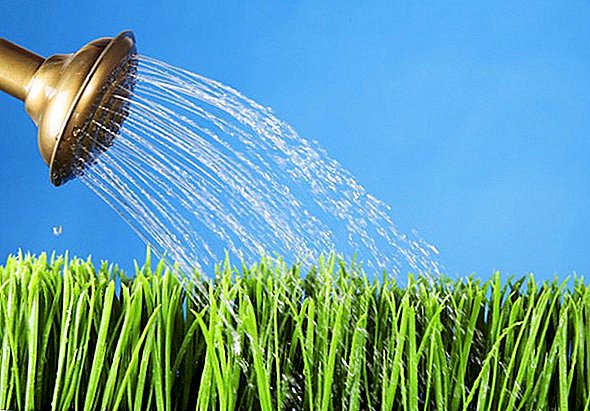
Top dressing
Top dressing for an onion plant is also extremely important: planned treatments saturate the soil with all the necessary nutrients that affect the healthy functioning of the crop.
The first dressing is carried out in early spring, usually choosing a solution of chicken manure for this purpose (1:12), and only then, after each cut, full-value mineral fertilizers are applied to the soil.
Harvesting
As for the harvest, the first cutting of the lush leaves of 20-30 cm in size starts from the second year after disembarkation, in July-August. The ripening of this vegetable comes after the cessation of the growth of new feathers and the beginning of their lodging.
The last collection procedure is performed, as a rule, 2 months before the onset of cold weather. Store the onion harvest in a dry, cool place in air-permeable containers.
Did you know? The reason for the strong onslaught from onions is a special substance - the lacrimator (in Latin - "tear"). When the bulb is cut, the lacrimator is released and instantly dissolves in the liquid, including the mucous membrane of the human eye, and this, in turn, provokes the formation of sulfuric acid, which strongly irritates the eyes.

Now that you already know about the wonderful and healing onion Jusai, about its vitamin properties and how to grow it properly, you can safely enrich your body with essential nutrients at any time of the year, as well as prepare amazing delicious dishes with it.


